Quality control in the manufacture of tinplate containers
A canning container must meet certain requirements that make it suitable for the preservation of the canned product. These requirements are based on two fundamental aspects, a physical-chemical resistance that makes it suitable to contain the packaged product during its useful life and an airtightness, which prevents microbiological contamination, and therefore an alteration of the content that destroys its qualities.
Quality control for the manufacture of containers and closures must therefore reach each of the elements and parts of the manufacturing process to ensure that these two fundamental requirements are met.
It must be taken into account that the manufacturing process of the containers and the lids that complement it, goes through several stages of manufacture from the reception of the raw materials that compose it, until the final assembly of the container and the lid for the closing of the same, and that we can summarize in the following points:
- Physical-chemical characteristics.
- Characteristics and application.
- Cutting of foils for the production of containers or lids
- Manufacture of container bodies, welded or pressed.
- Manufacture of the covers.
- Packing of each element.
- Storage and transport.
The first aspect to take into account is the analysis and control of the raw material, which must be carried out at the reception of the same and that goes through the initial verification of the characteristics of each one of the materials, previously agreed with the suppliers, and that are defined in the labels of the material.
Tinplate can be received in coils or in bundles. If the shipment is in coils, after checking the labels, they are cut in more or less automated lines, where the tinplate is checked for dimensions, surface defects and possible pores in the lamination, by means of appropriate sensors, which separate the defective material. From each coil, a sample of tinplate should be taken at the beginning and at the end of each coil, which will be analysed in the laboratory to check its coating and mechanical characteristics.
It is necessary to control its dimensions, both in width and length, taking into account the precision and tolerance necessary for each of the uses for which it is intended. The thickness must be checked, taking into account not only the tolerance, but also the requirements and the differences between the centre and the edge of the coil.
In the same way, the appearance of pores, deformations, etc. described in the specific standard, or agreed with the supplier, must be controlled.
After its analysis and acceptance, it must be unequivocally identified and enabled to move on to the next stage of the process.
The varnish, in case it is received, must also be checked for its physical characteristics (density, dry extract, viscosity, etc.) at the reception and then checked for its viscosity before application, for a correct application.
The accepted raw material can enter the varnishing process, where we proceed to apply varnishes that have been previously approved by physical and chemical resistance tests, and packaging processes in highly aggressive products.
If we receive the varnished material, we proceed to analyse it. These tests are carried out every 10,000 sheets (approx. two hours of varnishing), checking its physical characteristics, in terms of surface hardness, adherence, flexibility, application weight, etc., as well as its chemical resistance in terms of polymerisation and resistance to sterilisation processes, after which the flexibility, adherence, hardness and porosity are checked again.
After the batch is accepted, it must be unequivocally identified for consumption in the next stage of the process, avoiding errors in the consumption of material that has not been analysed or that, due to any other problem, does not comply with the quality standards previously established.
The material already analysed, passes to the different types of manufacturing processes, lids, bodies, easy open lids, deep-drawn cans, etc. Each of these processes follows a specific control for the different stages of the process, to check that it complies with the requirements that have been previously defined by the quality department.
Thus, the bodies of the welded containers, or three-piece containers, undergo a mechanical resistance control of the welding, and a visual control to check that the welding has been carried out properly. This aspect is very important, as its correct execution guarantees that there will be no leaks or contamination through it. It is also checked the coverage of the solder, both internally and externally, since the tin of the tinplate has been removed by the realization of the same. On the internal side, a varnish or a powder resin is applied. This is much more efficient and chemically resistant, so it has become the standard. The grammage of resin applied, its distribution along the solder, its adherence, its polymerisation and its porosity must be checked in order to verify that it has been done correctly. Externally, the application of a varnish is checked with the polymerisation and the correct application of the varnish on the weld.
Afterwards, the container is blinked and boarded, checking that it is well made, by means of dimensional checks. Finally, the container is anchored, so it is necessary to check that the seal is dimensionally correct and watertight. The dimensions must comply with the established standards. SEFEL established the appropriate dimensions of the fasteners by ISO diameters and according to the thicknesses of the material used. Logically, in a multi-head seamer, each and every one of the heads must be checked in order to guarantee its correct execution. The closure of the lid on the body is a critical point, as the tightness of the container depends on it. It can be done by cross section and measurement and completed with disassembly to check that there are no internal defects that could compromise its watertightness.
After all these operations, the containers must be tested for leak tightness, subjecting them to pressure or vacuum by means of 1.5-2.0 kg/cm² testers and checking for leaks, either by the sealing or by the closure of the container. Nowadays, there is automatic equipment in line, capable of testing 100% of the containers at the production speeds of the current lines.
The caps are made in another part of the factory and their control is carried out by specialised personnel, checking during their manufacture the weight of rubber applied, the degree of drying, the dimensions being obtained in the caps (external diameter, flange diameter, flange thickness, checking with a mandrel, etc.) either manually or with automated equipment, which controls all the parameters automatically, as well as a periodic review of possible mechanical damage during manufacture.
The easy-open lids are made independently, and are subjected to two different controls. The first one, similar to that of a standard lid, during the production of the so-called “basic lid or shell”, which is characterized by a smooth panel, and a second control during the actual production of the easy-open lid, where the parameters of opening effort, mechanical damage to the inside and outside of the lid, amount of residual material, and the resistance of the lid to pressure/vacuum, at a pressure of more than 2.5 bar, are checked. The strength of the ring is also checked, as well as the subsequent varnishing process to protect the incision area.
All these controls can be performed both manually and with automated equipment, with which we can not only save the data, but also prepare reports and make statistical studies that allow us to evaluate trends and prevent failures.
As a summary, we attach a table with the different control tests that can be carried out on each of the different elements that make up a metal container.
DISTRIBUTION OF QUALITY TESTS ON METAL CONTAINERS AND CLOSURES
| RAW MATERIALS | MANUFACTURE OF LIDS | CONTAINER MANUFACTURING | |||
|---|---|---|---|---|---|
| TINPLATE IN COILS | VARNISHED TINPLATE | STANDARD | EASY OPENING | WELDED PACKAGING | SAUSAGE PACKAGING |
| CUTTING LINE | PAINTING LINE | DIMENSIONS | MANUFACTURE OF F.A. LIDS | WELDING | DIMENSIONS |
| ROLL WIDTH | VARNISH TYPE | OUTSIDE DIAMETER | WASTE MATERIAL | BALL TEST | OUTSIDE DIAMETER |
| CUT LENGTH | ADHERENCE | FLANGE DIAMETER | OPENING EFFORT | DISTENSION TEST | INSIDE DIAMETER |
| DOWNLOAD | LEAF RANGE | FLANGE THICKNESS | CONDUCTIVITY | VISUAL CHECK | HEIGHT |
| CURVED | SURFACE HARDNESS | TANK DEPTH | VACUUM PRESSURE | PLANITUD | |
| THICKNESS | FLEXIBILITY | CHANNEL WIDTH | VISUAL INSPECTION | PROTECC. WELDING | FLANGE CENTERING |
| VISUAL DEFECTS | POROSITY | ADJUSTMENT TO THE MANDREL | PRESSURE RESISTANCE | INTERIOR REFINISHING | MECHANICAL STRENGTH |
| STEEL PORES | POLYMERIZATION | PLANITUD | IMPLOSION TEST | ELECTROSTATIC POWDER | METAL ROLLING |
| STERILIZATION | RIVET BREAKAGE | ADHERENCE | |||
| LABORATORY: | SUBCONTRACTORS: | CHEMICAL RESISTANCE: | EXPLOSION RESISTANCE | POLYMERIZATION | CHEMICAL RESISTANCE |
| TINNING | VARNISH TYPE | MECHANICAL DAMAGE | INTERIOR POROSITY | POROSITY AND | |
| TEMPER | GRADING | POROSITY | EXTERNAL POROSITY | MECHANICAL DAMAGE | |
| YIELD STRENGTH | ADHERENCE | PHYSICAL RESISTANCE | REBARNISHED: | DIMENSIONS: | CHEMICAL RESISTANCE |
| PASSIVATION | BADGE/BFDGE MIGRATION | METAL ROLLING | POROSITY | CONTAINER HEIGHT | STERILIZATION |
| SURFACE HARDNESS | ON THE GUMMING | MECHANICAL DAMAGE | FLANGE MEASUREMENT | VISUAL CHECK | |
| FLEXIBILITY | RUBBER WEIGHT | DRYING CONTROL | BOARDING DEPTH | TIGHTNESS | |
| POROSITY | LACK OF RUBBER | CLOSING: | |||
| POLYMERIZATION | GUM STAINS | ON THE VARNISH REBARN. | VISUAL CHECK | ||
| STERILIZATION | DRYING TEMPERATURE | VISCOSITY | MEASURING AND DISASSEMBLING | ||
| APPROVAL | RESIDUAL HUMIDITY | TOTAL SOLIDS | INTERNAL DEFECTS | ||
| SLIPPING | ON RUBBER (MP) | DENSITY | TIGHTNESS | ||
| CHEMICAL RESISTANCE | PERCENTAGE OF SOLIDS | ADHERENCE | |||
| CLOSURES | DISPERSION AND APPEARANCE | STERILIZATION | |||
| RUBBER ADHESION | OIL RESISTANCE | ||||
| VISCOSITY | DENSITY OF THE COMPOUND | ||||
| TOTAL SOLIDS | ADHESION ON VARNISHES | ||||

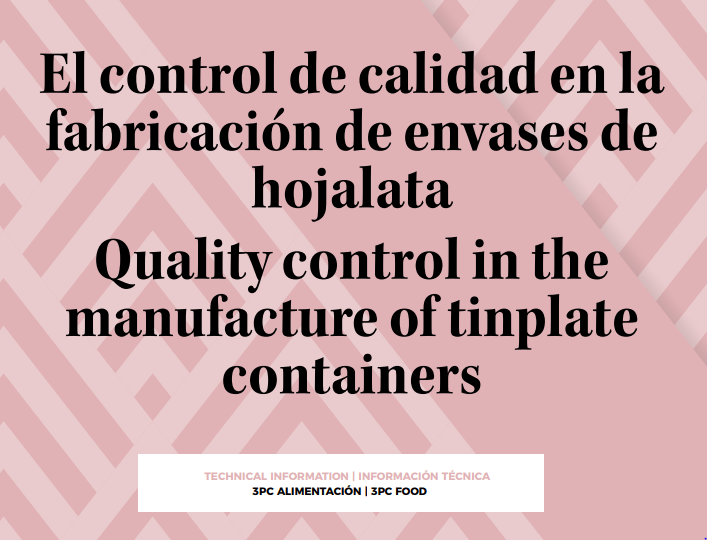
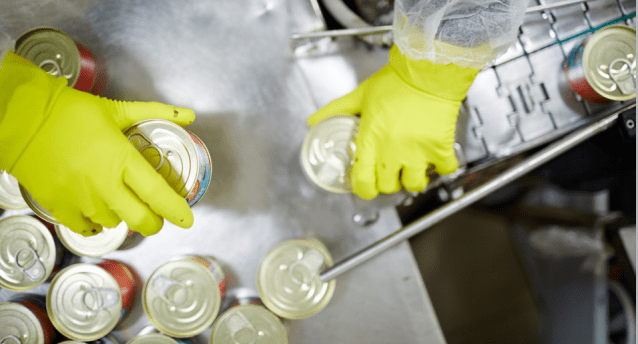

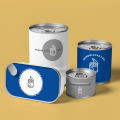


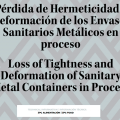
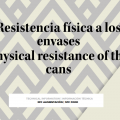

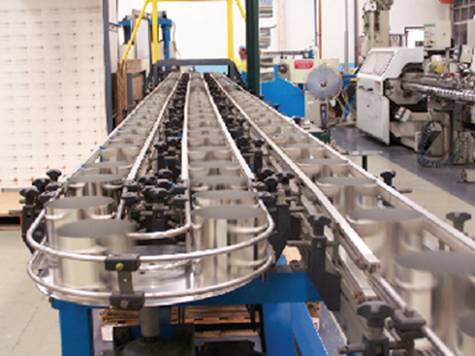
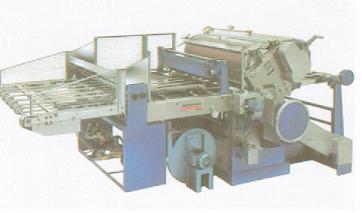
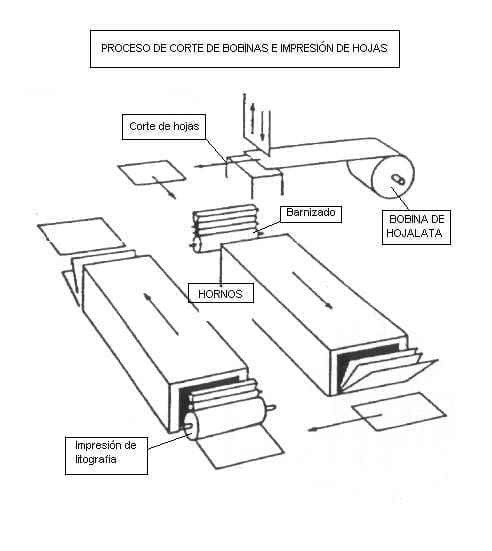
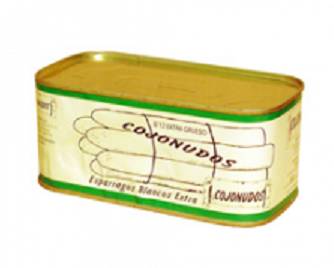



0 Comments